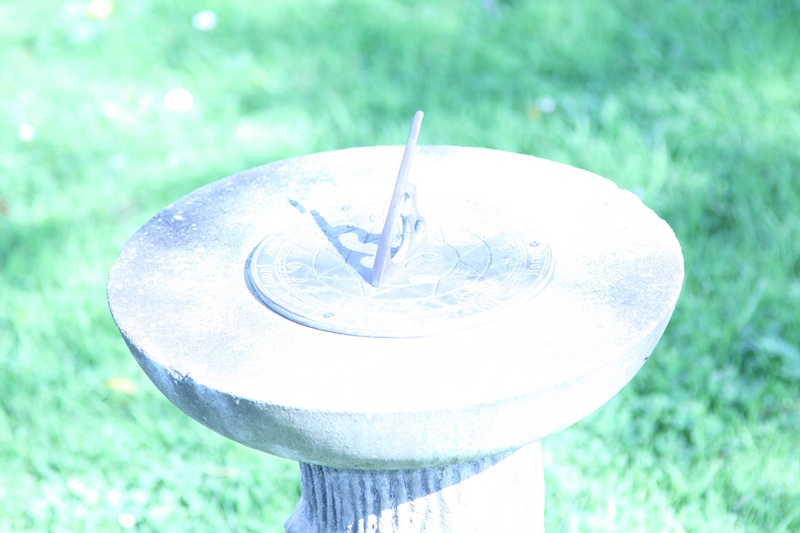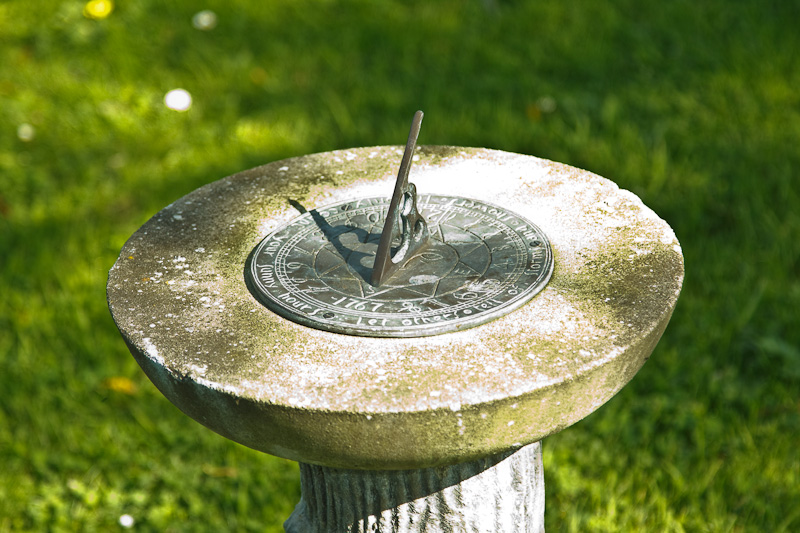- Messages
- 18,182
- Name
- Geof
- Edit My Images
- Yes
Cheers guys
good post...i am half in the boat with the raw idea
my take is not tech its practical
why take it as an option
is your card big enough to take all the shots you would in raw
after processing what does one do with the results...which are jpeg eventually
is it a process really for print producers of high quality etc
i would like to try it out first..i have the software...but not the cam
before buying up into equipment out of my league or needs
i am interested...but then again i dont get the best from my jpegs not being so familiar with photoshop etc...
glad to see your OP


